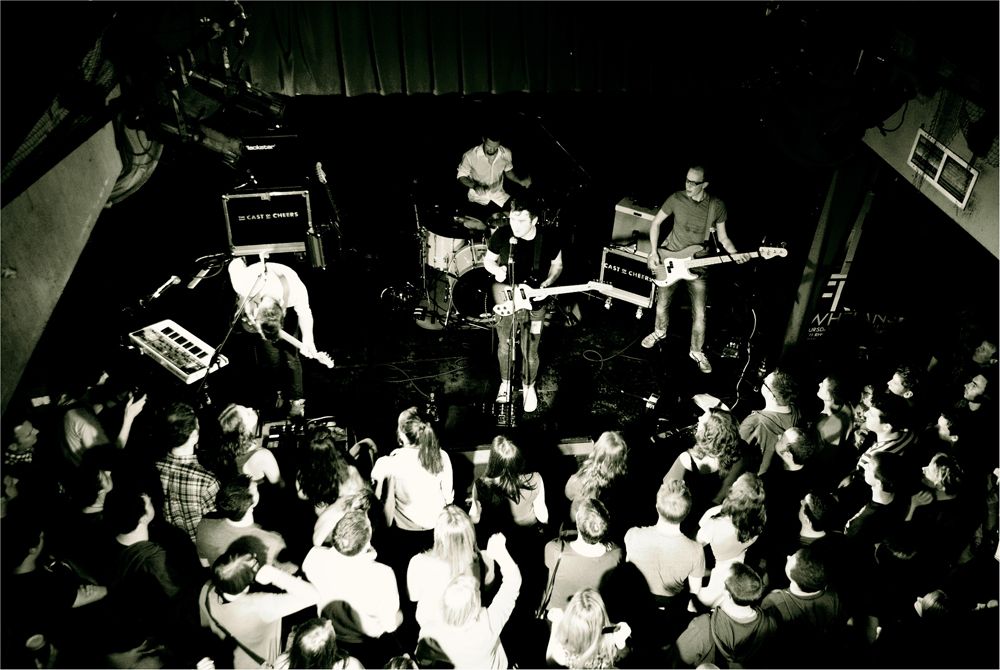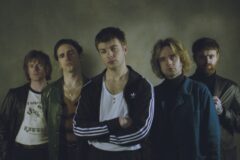“When it comes to punk, New York has the haircuts, London has the trousers, but Belfast has the reason.”
These are the words of Terri Hooley, the founder of the landmark 1970s Northern Irish punk record label Good Vibrations (most famous for releasing the Undertones’ “Teenage Kicks”). They came to define the musical resistance shown by bands from the region during its darkest hour, and more than four decades later, his sentiments resound once again throughout the island of Ireland amid very different circumstances.
The crushing brutality of the era of the Troubles was largely assuaged by the 1998 Good Friday Agreement. But just as the Undertones, Stiff Little Fingers, and Rudi provided the original punk era’s voice of youthful anger, a new regeneration of politically-motivated angst is being thrashed out in the pubs and clubs in Dublin, Cork and Derry in 2023. And for the bands making up the angry new Ireland, their “reason” is obvious.
Ireland has the highest level of gross income inequality in the European Union, one of the highest rates of mental health illness in Europe, and a mounting housing crisis that has left record numbers of people homeless or in emergency accommodation, while rent prices are at an all-time high. For a growing number of people, music has become an essential source of catharsis.
“The only release is to shout into a mic and blare people with a wall of sound,” says Tom Brady, vocalist with Dublin-based post-punk band Naked Lungs. That band’s 2022 single ‘Why Do People Change?’ gives a snapshot of the current explosion of energy coming out of the country, a track that seethes with the frustration of being trapped inside an inescapable nightmare.
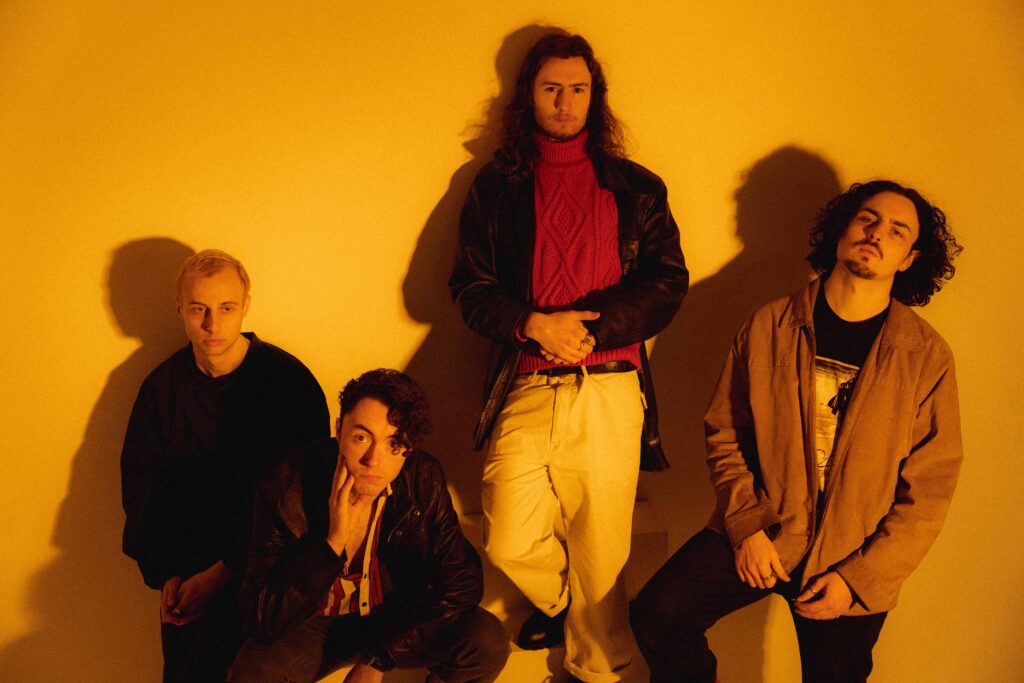
The proliferation of hungry, restless young artists across Ireland over the past five years reflects the turbulence of a society that they feel has left their generation behind. At a time when the Irish government is setting one of the lowest corporation tax rates in Europe, these musicians are representative of a wave of disaffected and alienated young adults being priced out of the place they love.
“People feel like they’re getting the short end of the stick,” explains Daniel Fox, producer and bassist for Dublin group Gilla Band, one of the current scene’s key acts. “When we were kids, Ireland was on the up and there was great hope. By the time we were at college, it was all over. Lots of people made a lot of money, and our generation got left with nothing, after the markets ate their fill from the trough.”
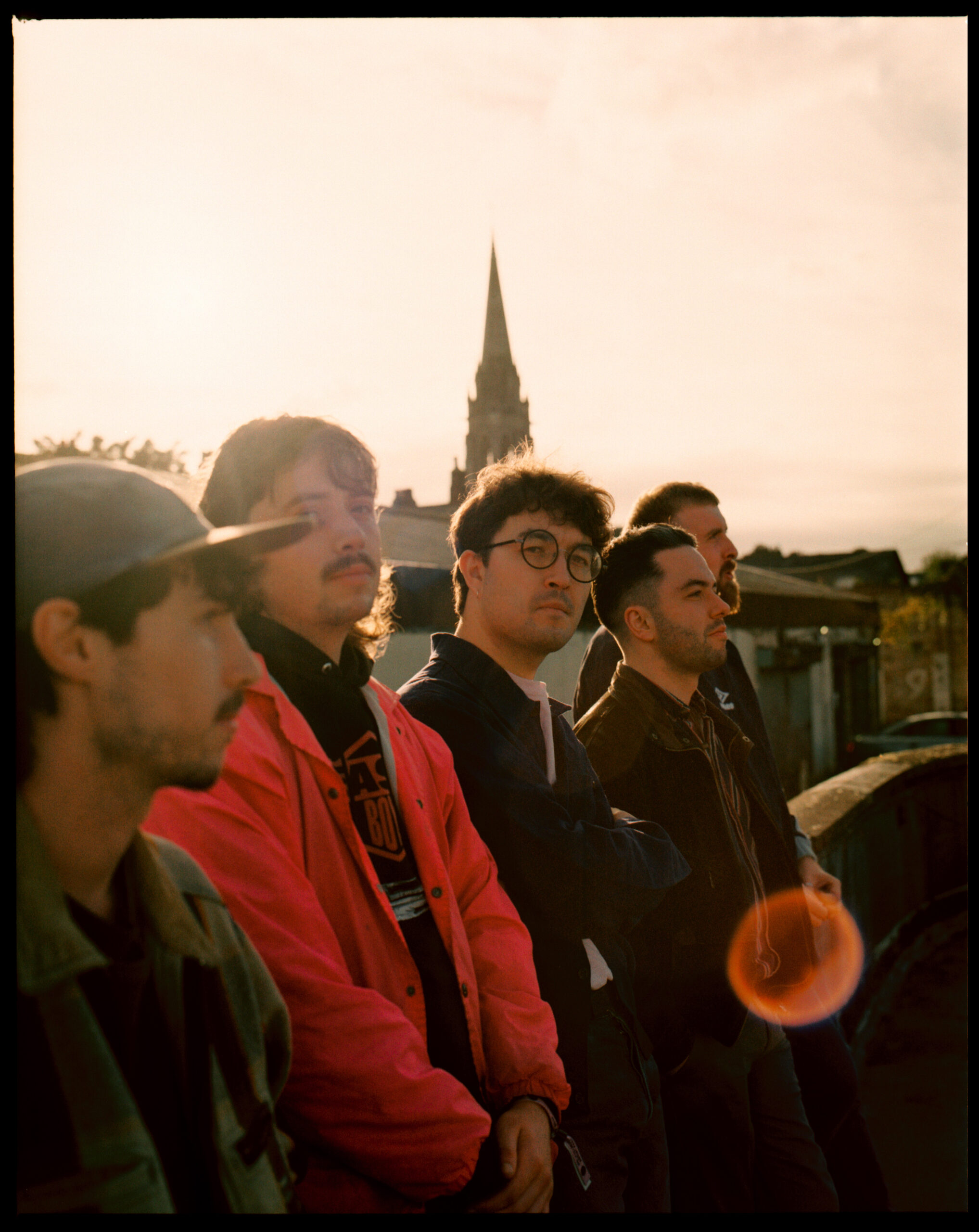
It’s nothing new for there to be a rich vein of vital new music coming out of Ireland, but the recent outpouring of intensity has been exceptional. Look no further than Meryl Streek’s “Death to the Landlord,” Gurriers’ “Approachable,” or M(h)aol’s “Asking for It” for examples of new bands who can barely contain their own indignant energy.
“[Ireland today] feels like what I imagine it was like if you were in a grunge band in Seattle in 1991, or in a Madchester band when Oasis was coming out,” says Gurriers guitarist Mark MacCormack. “Gilla Band made it OK to be an Irish band and not be fiddly-diddly-dee or gimmicky. They were very Irish but not in some stereotypical way. They built the door, and then Fontaines just bulldozed it down, and now we’re all coming through.”
The international success of Fontaines D.C. – the group’s 2020 album A Hero’s Death was nominated for the best rock album Grammy and its follow-up, Skinty Fia, reached No. 1 on the U.K. Albums Chart – has not only provided something to emulate for the bands following in their slipstream, but it has brought the frustrations they share to an international stage. For MacCormack, seeing Fontaines performing a song like ‘In ár gCroíthe go deo’, which bristles with anger at the current state of Ireland, on NPR’s Tiny Desk, was proof that the frustrations he shares with his peers can translate beyond their immediate world.
“Growing up in Ireland, you’re looking at American movies and American music,” says MacCormack. “It’s all very Hollywood and it’s very out of reach. We love The Strokes, but they’re New York rich boys that went to private school, I can’t relate to that. But the {band] down the road is on the cover of Rolling Stone? I can relate to that. If the fenians down there can do it, then why can’t we.”
Fontaines took inspiration from Gilla Band as they were emerging, and in turn, as Fox explains, his band looked up to the “leftfield, math-y, proto-Black Midi” instrumental trio Turning Down Sex. That family tree has certainly blossomed recently, with many of the new bands now having become close friends. For example, Naked Lungs regularly shares resources and accommodation with Belfast group Enola Gay, another of the most ferocious, political new names on the scene.
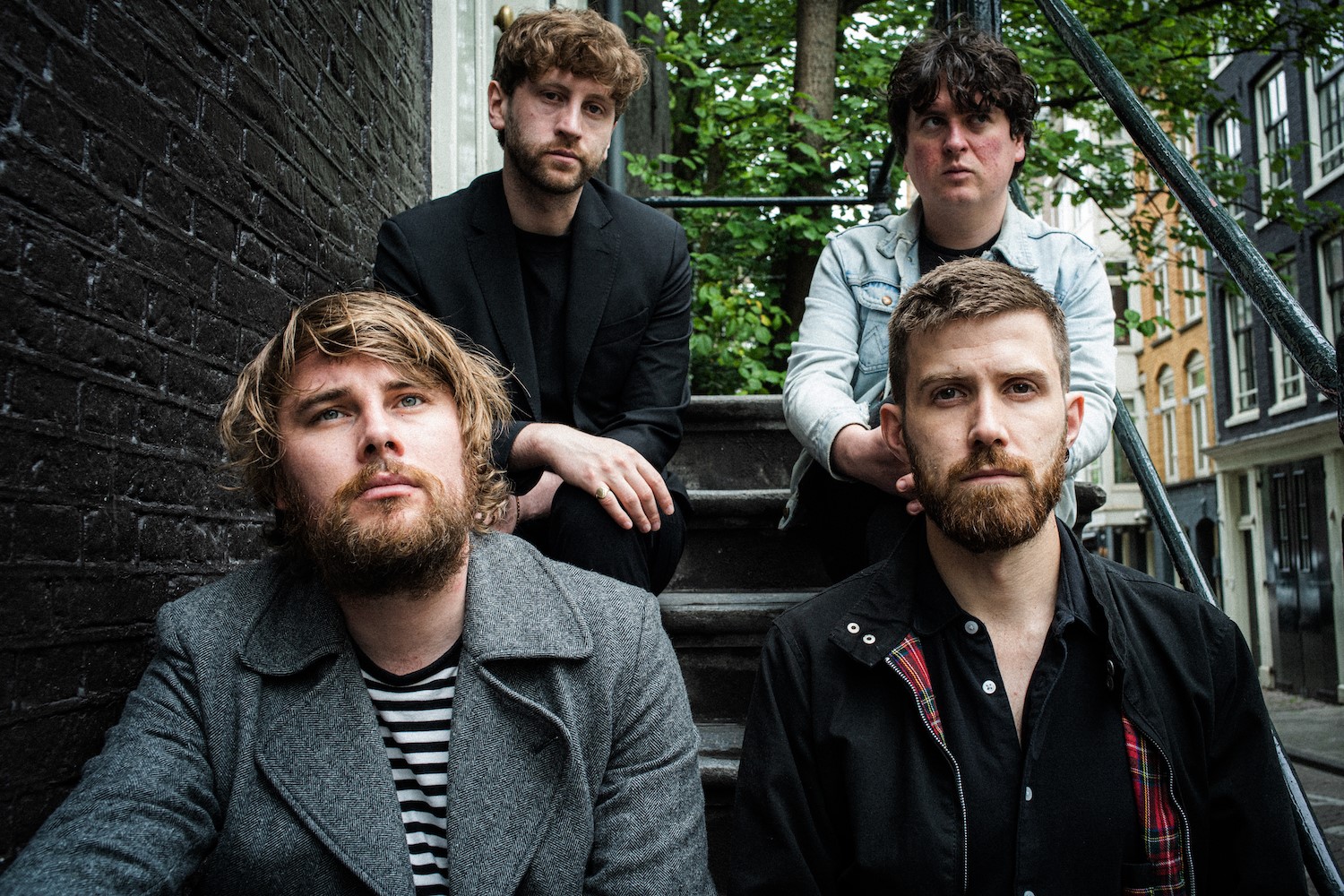
Its own single, “The Birth of a Nation,” is a blistering attack on policing in Northern Ireland. Like so many in the shared catalogs of these bands, it draws from Ireland’s history of utilizing activism and protest as a vehicle for change, drawing parallels between the history of British oppression in Ireland (“I hear them say get out of their country / from the same ones that owe us six counties”) with the Black Lives Matter movement (“The black gets whacked, six warning shots in the back”).
“When you look throughout our history, there are so many risings and uprisings, and those were built out of anger, but it’s anger in a hopeful way,” says Constance Keane, drummer for Dublin-based feminist punks M(h)aol. “ It’s a want for more, for a better future. I think that’s a very intrinsically Irish experience. That’s how our country was born.”
Clearly, there are fights still to be won. Keane is acutely aware that beyond the crises in housing and mental health, there is the serious issue of continuing misogyny in Irish music, too; indeed, it was out of her burning sense of injustice that M(h)aol was initially formed. “I was so angry with how I was being treated as a woman in a band, in the local Dublin music scene,” she says. “It felt like there was huge gender inequality going on.”
Keane’s anger can be partially ascribed to the fact that the Irish music industry continues to fall short of anything that could be described as equality. A 2022 Gender Disparity Report on Irish Radio found that non-male Irish artists accounted for just 3% of the top 100 most played songs on Irish radio stations, while not a single Irish person of color made the list.
“It’s frustrating,” says Pamela Connolly, singer and guitarist with Dublin indie rock group Pillow Queens. “The amazing diversity of the Irish music scene isn’t represented on the airwaves, so as far as radio listeners are concerned, it can feel like it’s still male-dominated. In actual fact, we’re taking over, baby!”
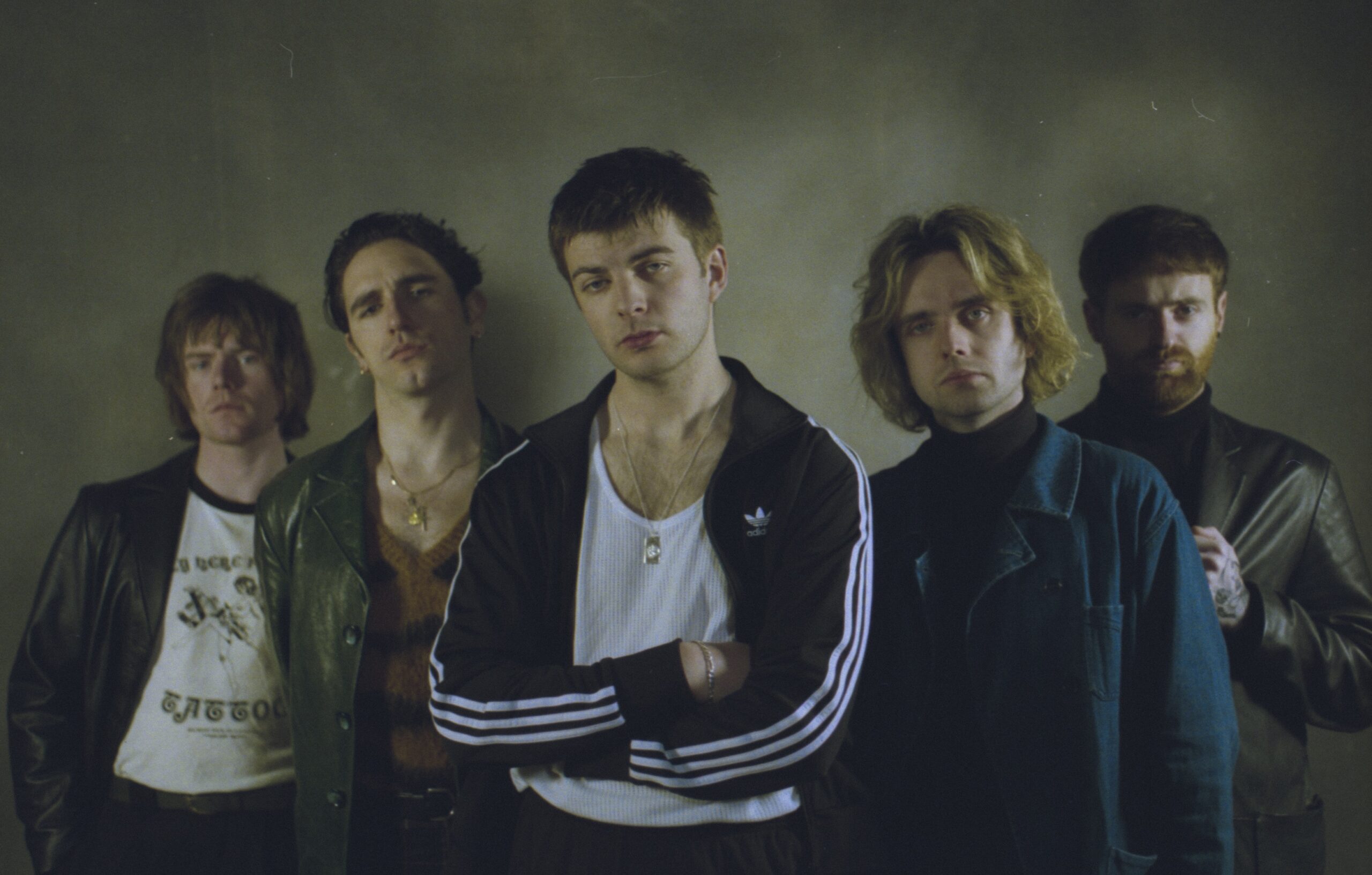
There have been small signs of progress. In September 2022, the Irish government began a Basic Income trial, wherein 2000 artists and cultural workers received a weekly cultural income of €325 for a period of three years. Despite this, many bands must confront the prospect of leaving Ireland in order to have the best chance of success.
“Leaving home for better prospects abroad is almost the most Irish thing you can do, anyway,” jokes Naked Lungs guitarist Andrew Connaughton, in reference to the history of large-scale historical emigration from the country.
M(h)aol’s Keane also finds herself spending more time commuting between England and Ireland for her day job at a music PR company, having discovered there were ”no jobs available in the music industry” in her home country.
There’s also been some positive social change afoot, which many hope to translate into larger political action to address the core issues affecting the young generation. Public votes since 1995 have overturned the prohibition on divorce, legalized same-sex marriage, and allowed for legislation for abortion, and further changes could be on the horizon.
Since the establishment of the Republic of Ireland in 1937, political power has alternated between two center to-center-right parties, Fine Gael and Fianna Fáil. However, current polling indicates that the left-wing Sinn Féin could seize power in the 2025 general election.
“Considering we’ve had the same carbon copy government for the entirety of our existence, the chance of having something even slightly more left-leaning is a very exciting prospect, because what we’ve had so far is not fit for purpose,” says Connolly. “We should always remember that the biggest political and social changes we’ve had have been grassroots-led, though, so our hope lies very much with the people of this country.”
Using Hooley’s logic, it should come as no surprise that Ireland is such a hotbed for fiery, passionate new music, much of it emblazoned with a revolutionary zeal. The reasons for it are writ large across contemporary Irish society, and the benefit is, the more great music they make, the more international attention they will draw. For now though, these young men and women are just going to enjoy the escapist pleasure while they can.
“In times of duress, when things are shite, people tend to turn to art and throw themselves into it. With the circumstances socially and economically in Ireland, that is all you can do,” says MacCormack. ”Life is pretty bleak for people my age, and I’m going to take it out through the medium of this thing I like. You know what? Life is gonna be shit even if I work my ass off in a regular job, so let me just go for broke on this instead.”

